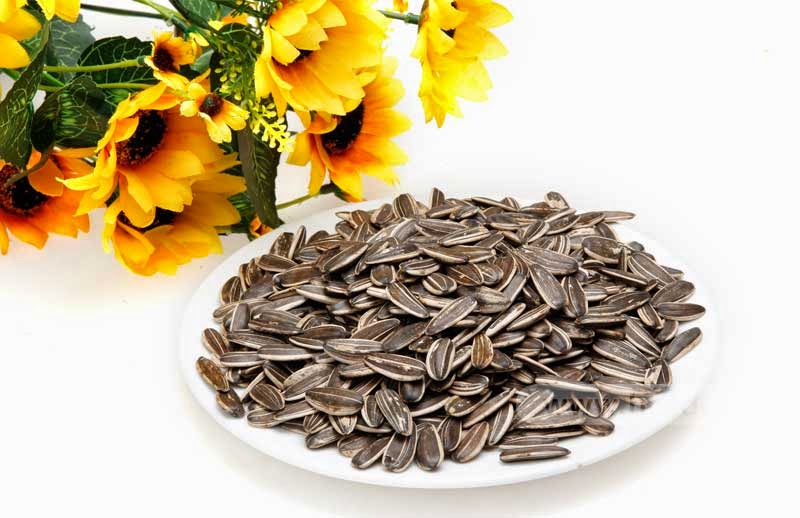To maintain a basic level of health, children and young people aged 5-18 need to do:
- At least 60 minutes (1 hour) of physical activity every day, which should range between moderate-intensity activity, such as cycling and playground activities and vigorous-intensity activity, such as fast running and tennis.
- On three days a week, these activities should involve muscle-strengthening activities, such as push-ups, and bone-strengthening activities, such as running
Children and young people should minimise the amount of time they spend sitting watching TV, playing computer games, and travelling by car when they could walk or cycle instead. Find out why sitting is bad for your health.
What counts as moderate-intensity activity?
Examples of activities that require moderate effort for most young people include:
Examples of activities that require moderate effort for most young people include:
- walking to school
- playing in the playground
- riding a scooter
- skateboarding
- rollerblading
- walking the dog
- cycling on level ground or ground with few hills
What counts as vigorous-intensity activity?
Vigorous-intensity activity is associated with better general health, stronger bones and muscles as well as higher levels of self-esteem.
Vigorous-intensity activity means you’re breathing hard and fast, and your heart rate has gone up quite a bit.
Examples of activities that require vigorous effort for most young people include:
- playing chase
- energetic dancing
- swimming
- running
- gymnastics
- football
- rugby
- martial arts, such as karate
- cycling fast or on hilly terrain
What counts as bone-strengthening activity?
Bone-strengthening activities produce an impact or tension force on the bones that promotes bone growth and strength.
Examples of bone-strengthening activities for children include:
- activities that require children to lift their body weight or to work against a resistance
- jumping and climbing activities, combined with the use of playground equipment and toys
- games such as hopscotch
- skipping with a rope
- walking
- running
- gymnastics
- dance
- football
- basketball
- martial art
Read more at kidtas.com


